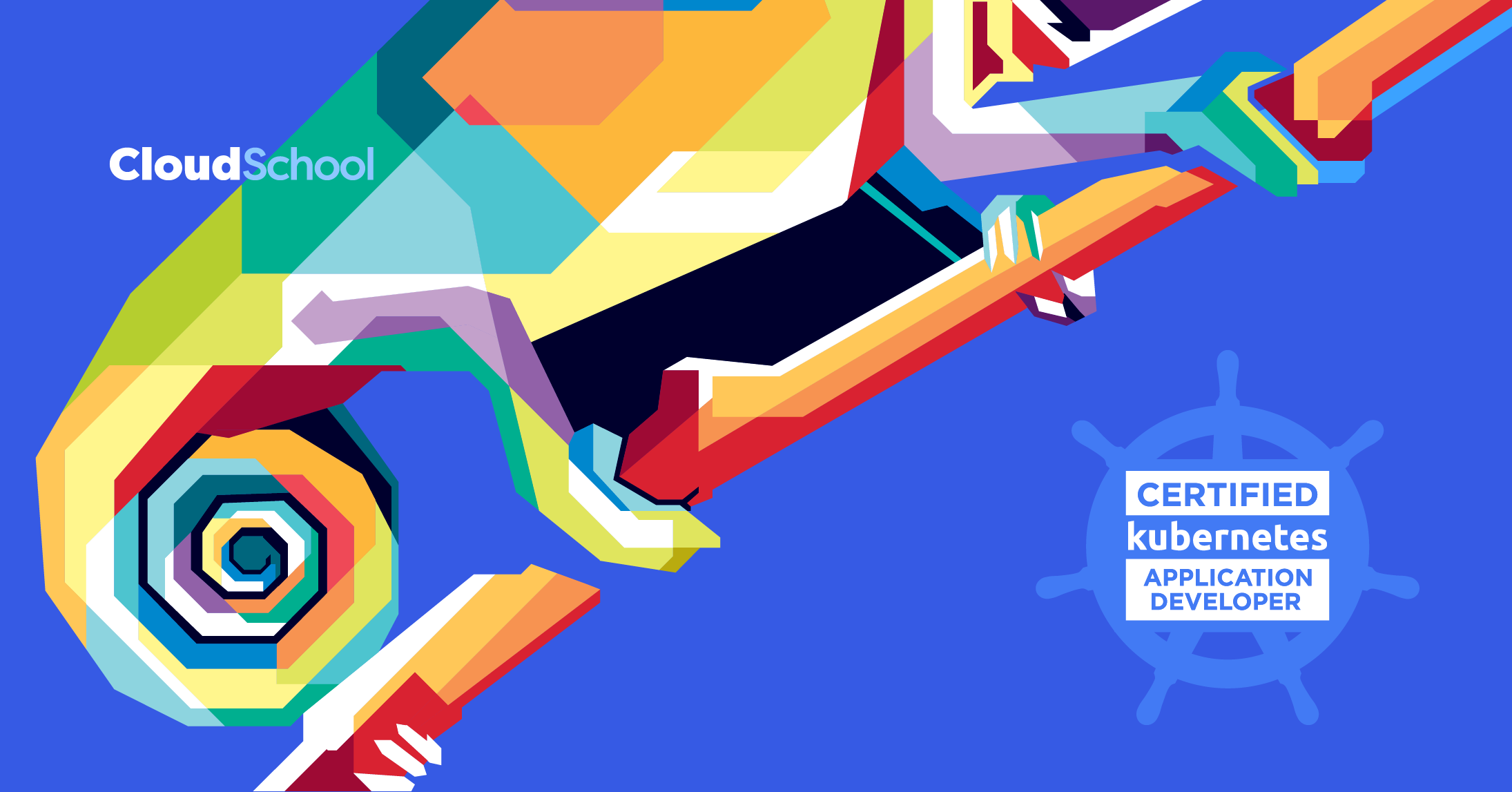With a solid understanding of Kubernetes and cloud-native principles, you’re well-positioned to tackle the CKAD exam. But unlike most of you, I’m not a developer. I actually just celebrated my first-year anniversary of shifting my career from Electronics Engineering to Cloud Technology. Here’s my guide for beginners and career shifters.
The Exam Breakdown:
First of all, the Certified Kubernetes Application Developer (CKAD) exam is an industry-recognized credential offered by the Cloud Native Computing Foundation (CNCF) and The Linux Foundation (TLF). It validates your ability to design, deploy, and manage cloud-native applications using Kubernetes.
The CKAD exam is a 2-hour test where you’ll encounter 15-20 hands-on tasks. To pass, you’ll need to score at least 66%. I had 8 minutes remaining on my exam though.
Cost and Preparation Resources:
The CKAD exam typically costs $395 on the Linux Foundation website. However, if you’re reading this in May 2024, there’s a handy promo code (FOURTH24) that gives you a 40% discount. Got to give a shoutout to all the Star Wars fans. Our community is saving a lot of people’s money. May the force be with you!
This includes two sessions with Killer.sh, a platform where you can practice mock exams. I scored 33/113 on my first try one day before the exam. But don’t hesitate to continue, these are a lot harder than the actual exam.
In today’s software development landscape, containerization and cloud-native architectures are rapidly becoming the norm. Kubernetes, an open-source container orchestration platform, sits at the heart of this revolution. Earning your CKAD demonstrates to potential employers that you possess the skills necessary to thrive in this evolving environment.
Understanding Kubernetes: Powering Cloud-Native Applications
Kubernetes is essentially the conductor of a containerized orchestra. It automates the deployment, scaling, and management of containerized applications. Here’s a simplified breakdown:
- Containers: Lightweight, self-contained units of software that package code and its dependencies. Imagine them as standardized shipping containers for your applications.
- Orchestration: The process of managing the lifecycle of containerized applications across a cluster of machines. Kubernetes takes care of deploying containers, scaling them up or down based on demand, and ensuring they run smoothly.
Cloud-Native: Building for the Cloud Era
Cloud-native applications are designed specifically to take advantage of the cloud computing paradigm. They are typically built using microservices architecture, containerized for portability, and leverage cloud-native platforms like Kubernetes for management.
Here are some key characteristics of cloud-native applications:
- Resilient: Designed to handle failure and self-heal.
- Scalable: Can easily scale up or down based on demand.
- Loosely Coupled: Microservices architecture promotes independent development and deployment of components.
- Agile: Faster development lifecycles and easier updates.
Now Back to Conquering the CKAD Exam!
A. Building a Strong Foundation:
-
Understanding Kubernetes Fundamentals: Solidify your grasp of core Kubernetes concepts like deployments, pods, services, and namespaces. Anyone who will take the exam should have a very strong foundation of containers. Strong enough to wield the Mjolnir.
Here are the list of fundamentals you need to focus on:
- Context
- Namespace
- Pods
- Nodes
- Deployment
- ReplicaSet
- Rolling Update
- Rollout: Canary and Blue/Green
- API Deprecations
- Secrets Tokens and decoding base64-coded secrets
- Services
- Helm
- CRD
- Container technology
- How to test if a pod/container is reachable? (wget and curl)
- How to edit a YAML file using VIM (Very important! As in veryyyyy)
-
The Cheat Sheet: The official Kubernetes documentation https://kubernetes.io/docs/home/ is a goldmine. You can actually open this while taking the exam. Everything you need to know is here.

-
I am a CloudSchool Padawan (That’s learner or apprentice in nerd terms. Again, Star Wars reference. Sorry.): CloudSchool has this internal unreleased Cloud Native Mentorship Program which they teach all you need to know about Cloud Native Technology. This was very helpful as Coach Carl and the team made it easier for me to understand concepts. They use pretty much easy-to-digest analogies for all sorts of things. As a career shifter, the program was a blessing.
(1 like and we’ll release the program in public. Just kidding. Or am I???)
B. Gearing Up for the Exam:
-
Kubernetes.io is your bestie: As I said, you can open the website on the exam proper. So go roaming and familiarize yourself with the whole website. Know what key you need to search for to get what you want.
-
Hands-on Practice is King: There’s no substitute for getting your hands dirty. Platforms like Killecoda: https://killercoda.com/ offer 1-hour free cloud-based Kubernetes playgrounds where you can experiment with commands and configurations.

-
The More The Better: I believe Killercoda’s CKAD Playground should be a walk in the park after several trials. But this GitHub repo is a game changer! I tend to roam around Reddit and GitHub a few weeks before my exam and I found this gem. This is easily everything you need to learn everything, even the advanced things the exam can give you.
GitHub: https://github.com/dgkanatsios/CKAD-exercises/tree/main

C. Exam Day Strategies:
Time Management is Crucial: The CKAD exam is a race against the clock. You have two hours to answer everything. During practice exams, which you get after booking your exam, develop a strategy for tackling different question types efficiently. Don’t get bogged down on any single question; flag it and move on, returning later if time permits.
Alias saves my life: You can use alias in the exam for repetitive codes. Here are things I recommend you use:
$ alias kaf=”kubectl apply -f”
$ alias do=”--dry-run=client -oyaml”
$alias kd=”kubectl describe”
$alias kg=”kubectl get”
Speed up deleting:
$export now=”--force --grace-period=0”Read Carefully Answer Wisely: Don’t rush through questions! Read them meticulously and understand the exact prompt before selecting your answer. The CKAD exam can be tricky with subtle wording that might lead you astray.
Trust Your Instincts: After thorough preparation, you’ll develop a feel for the correct answers. If you’re stuck between two options, trust your initial gut feeling more often than not.
The Road to Success:
The CKAD exam requires dedication and focused study, but with the right approach, you can confidently conquer it. Remember, this is just the beginning of your Kubernetes journey. Keep exploring, keep learning, and keep building awesome cloud-native applications! May the force be with you!
P.S. We’re serious about the Cloud Native Mentorship Program! DM us! *winks*

Carlo Bayani
Coach Carlo is CloudSchool's resident cloud expert.



